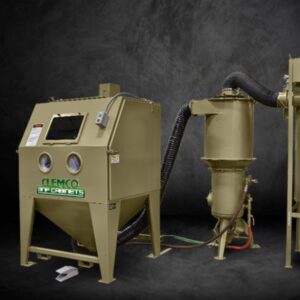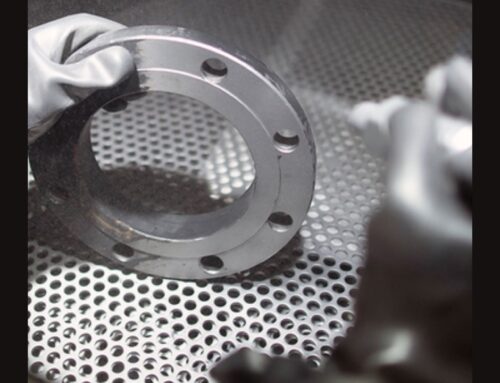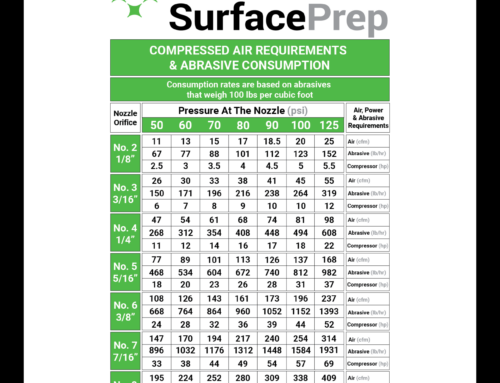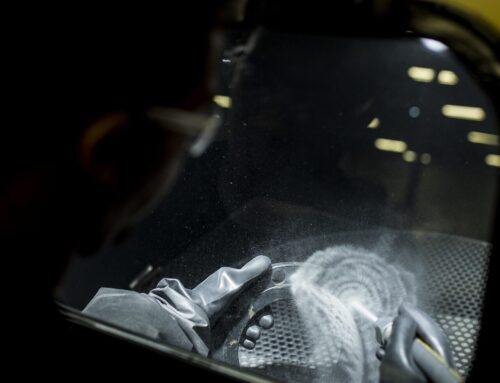Project Description

Comparing Suction & Pressure Abrasive Air Blasting Systems

In the metal finishing world, abrasive blasting plays a pivotal role. Two main types dominate the field: suction and pressure abrasive blasting.
Understanding the differences and applications for each can be a game-changer for your project results.
Suction Abrasive Blast Cabinets utilize compressed air to create a vacuum effect that draws abrasive media upwards into the blast gun. You can identify this system by its two hoses linked to the blast gun. The major benefit of suction systems is their ease of use and cost-effectiveness, making them a popular choice for lighter applications like light cleaning, finishing, and superficial rust removal.
Pressure Abrasive Blast Cabinets rely on a pressure pot where the media gets pressurized before being expelled through the nozzle. These systems have one hose running from the pot to the nozzle. Pressure systems, due to their direct, high-velocity approach, are more efficient and effective for intensive operations. They excel in heavy corrosion removal, surface profiling, and stripping stubborn coatings.
However, each system has its own trade-offs. Suction systems, though economical, may not pack enough punch for heavy-duty tasks. On the other hand, pressure systems, while highly effective, can be more complex to operate and maintain, and their abrasive consumption rate is higher.
Choosing between a suction and pressure blast cabinet depends greatly on your specific needs. For smaller projects, a suction blast cabinet may suffice. However, if you’re tackling larger, more heavy-duty tasks, a pressure blast cabinet is likely your best bet.
Stay tuned to our blog to explore more topics in the world of metal finishing and abrasives. Together, we’ll ensure you have the knowledge to make the right choices for your unique applications.




